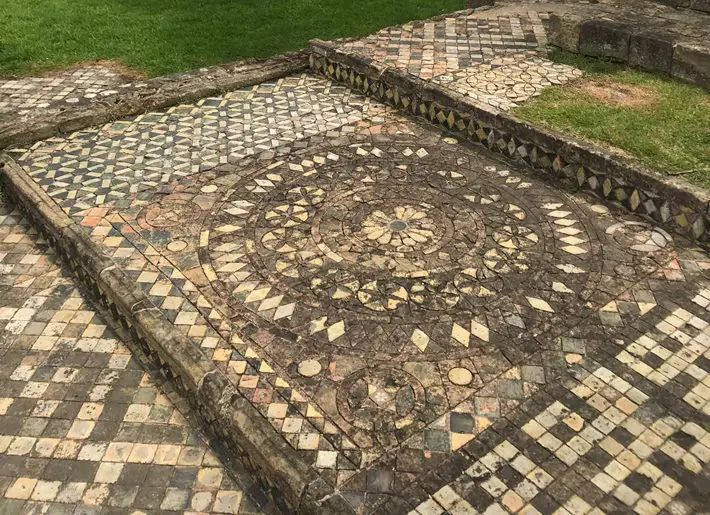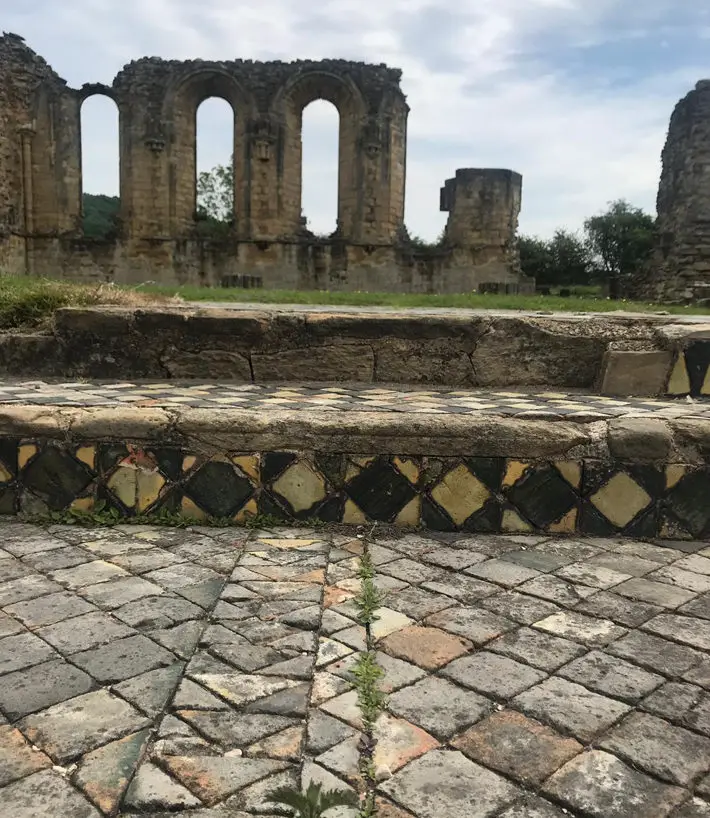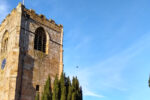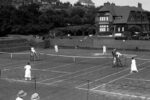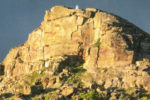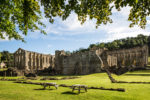The Mosaics at Byland Abbey
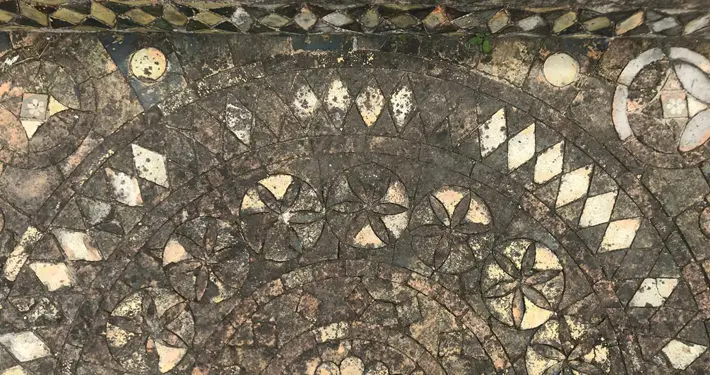
Byland Abbey near Coxwold is a truly outstanding example of early gothic architecture; it inspired the design of the famous York Minster rose window and is home to a fascinating range of mosaic tiles which date back hundreds of years. Today the abbey ruins stand proudly 2 miles south of the A170 between Thirsk and Helmsley.
Mosaic tile pavements were almost certainly introduced to northern England by Cistercians, with the monks of Byland taking a leading role. From the early 13th century, large areas of the floor within the abbey church were covered with a variety of handsome mosaic designs.
Today we are left with a tile collection of international importance. As well as large numbers of loose tiles – held by both English Heritage and the British Museum – extensive areas of paving survive on the site itself. The almost complete pavement on the south transept chapels, reset during the 1920s, is made of 906 individually cut tiles employing different shapes.
“Contrasting colours”
The tiles with curving edges, integral to many of the geometric patterns, must have been especially laborious to make. Yet the basic simplicity of the completed pavements was in keeping with the Cistercian attitude towards art.
The clay used to make the tiles was dug in the autumn and left to be broken down over the winter months. When ready, it was rolled out and cut into shapes on a sanded board. The tiles (or quarries) were left to dry before they were glazed and fired. Three contrasting colours were produced: yellow, brown and cark green.
The popularity of plain mosaic pavements waned before 1300. At Byland, square patterned tiles were laid in some areas by the mid-14th century. Most of the surviving early examples are well made, and feature clear impressed designs. Late medieval tiles, generally of poorer workmanship, can be seen reset in the west cloister walk.
“Built by monks”
The roofs of the abbey building were finished with glazed ridge tiles. Waste material found on the site suggests that these were made within the immediate abbey precinct.
Byland Abbey was built by monks who’d previously spent 40 years wandering without a permanent residence. They drained this section of marshland and over the next 37 years built this monastery. It included the usual monastic buildings and one of the largest churches in the country. After the dissolution in 1539 the ruin served as a quarry for building farms and cottages for miles around.
Today it houses a museum with fascinating archaeological finds and across the road, the Byland Abbey Inn which serves award winning cream teas, light lunches as well as three stylishly appointed rooms by Peter Silk of Hemlsey.
For more information on Byland Abbey visit english-heritage.org.uk/byland-abbey
